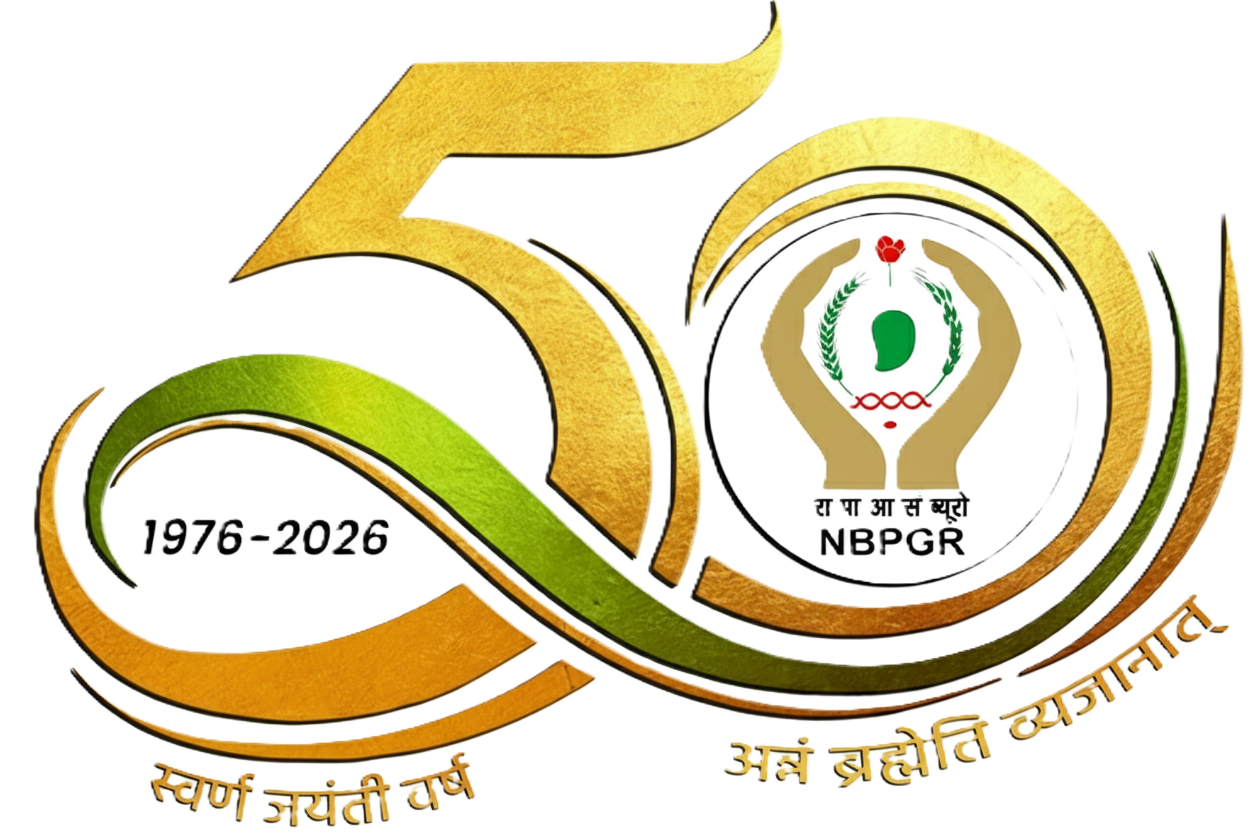About Us
Why Conserve PGR?
Why do we conserve plant genetic resources?
Plants are the basis of life on planet Earth. Plants are the only organisms capable of using the solar energy for transforming the carbon dioxide in the air into organic substances. Consequently, plants produce food for all and reduce the global warming. Agriculture, with nurturing and utilizing plant diversity, plays a key role in feeding millions and protecting our natural resources and the environment. Plant diversity on earth is represented by an estimated 300,000 species of higher plants. However, only about 7,000 species have been domesticated and cultivated by humans over the millennia for food, fodder and feed. Today, our nutrition anywhere in the world is supplied by a mere 30 plant species because they provide 95 % of dietary energy or protein. While the number of cultivated plant species is relatively small and seemingly insignificant, nature has evolved an extraordinary intra-specific genetic diversity in crop plants and their wild relatives. For example, the number of rice landraces in India is estimated to be 50,000 and wild rices about 200. Add to that 20 new improved varieties released each year. It is this diversity within species that allows for the cultivation of crops across different regions and in different situations such as weather and soil conditions. These invaluable and irreplaceable plant resources are called plant genetic resources (PGR). They form the basis of all crop varieties that are bred to produce more, withstand stresses and yield quality output.
How do we define plant genetic resources?
International Undertaking on Plant Genetic Resources (FAO, 1983) defines PGR as the reproductive or vegetative propagating material of (i) cultivated varieties (cultivars) in current use and newly developed varieties; (ii) obsolete cultivars; (iii) primitive cultivars (landraces); (iv) wild and weed species, near relatives of cultivated varieties; and (v) special genetic stocks (including elite and current breeder’s lines and mutants). PGR, according to the Convention for Biological Diversity (CBD, 1992), are any living material of present and potential value for humans. Plant genetic resources include all our agricultural crops and some of their wild relatives because they possess valuable traits. In the absence of unambiguous definition, CBD implies genetic resource to be any “genetic material of actual and potential value”, and genetic material to be a “functional unit of heredity”. Thus, what is potential is a matter of interpretation and the state of technological advancements. Occasionally, genes, DNA fragments and RNA are also included under the purview of genetic resources. Genomic resources, therefore, are nowadays conserved in genebanks.
Why conserve plant genetic resources?
Plant genetic diversity is vulnerable to “genetic erosion”, the loss of individual alleles/genes and of combinations of alleles/genes, such as those found in locally adapted landraces. According to FAO, replacement of local varieties by modern varieties resulting in reduction of the sheer number of cultivars is the main cause of genetic erosion. This is intensified by the emergence of new pests, weeds and diseases, environmental degradation, urbanization and land clearing. PGR, the only source of plant genetic diversity, provides valuable traits needed for meeting the challenges of adapting crop varieties. An individual genotype with seemingly useless set of characters today may suddenly become essential tomorrow due to changing climatic conditions or outbreaks of disease. Therefore, it has been long realized that we “conserve” all the diversity we have. The modern intensive agriculture calls for uniformity and consequently has a narrow genetic base. In contrast, traditional agriculture had large number of diverse landraces. To conserve the diversity found within species of cultivated plants, experts employ a strategy that combines ex situ conservation (storing diversity in genebanks) with in situ on-farm conservation in matching agro-ecosystems.
To conserve is our responsibility
Today we may not as yet know everything about future demands for crop varieties. But we know the supply source and it has to be conserved in its entirety. Systematic and institutionalized conservation activities based on scientific principles are established for posterity to be able to breed crop varieties and face new challenges. A conserved genotype without accompanying information on its origin and typical characteristics is of limited value. Information helps classify, maintain, query, analyse and use the genetic resources.
